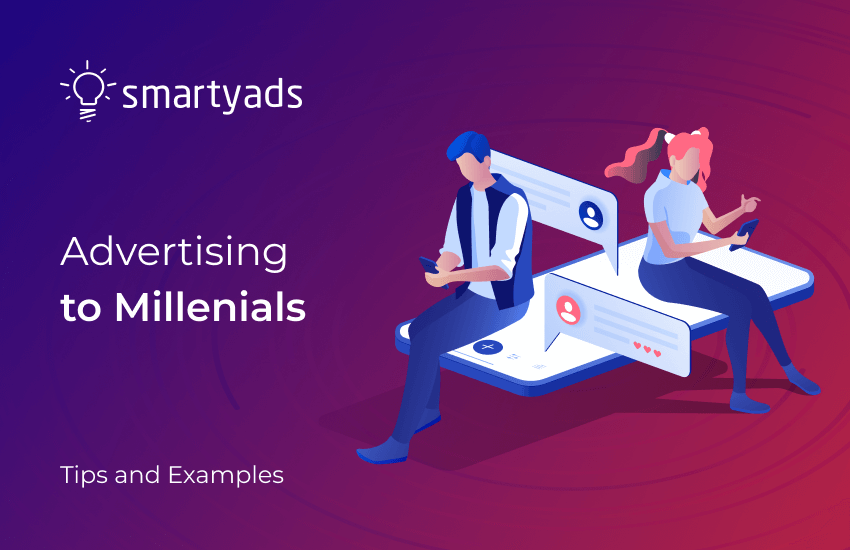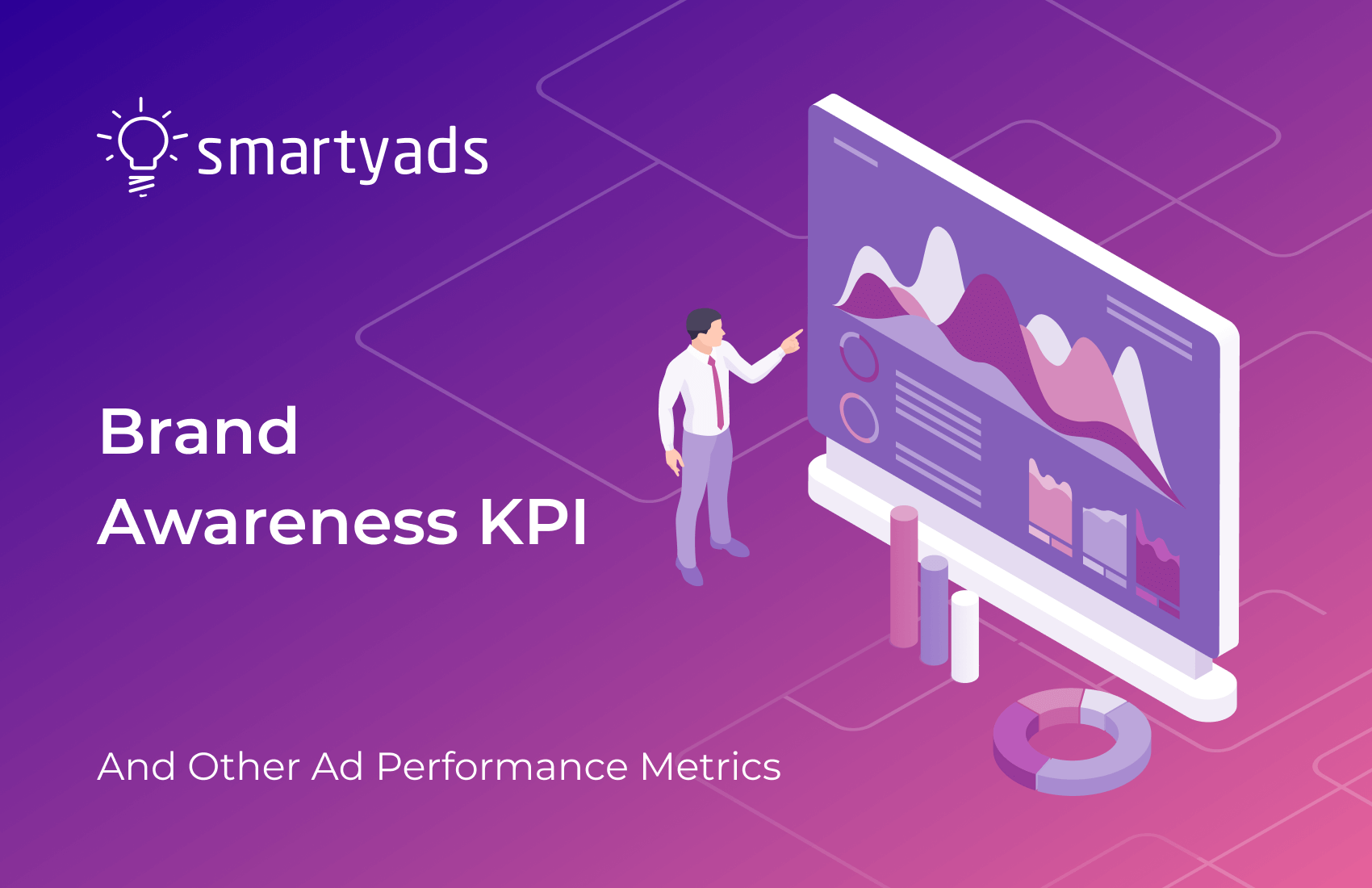Perhaps every marketer today knows that each target audience persona requires a different strategy and attitude. This way, targeted advertising performs well for most business goals, such as increasing ROI or driving brand awareness. In order to make your marketing efforts work, it is important to understand your specific audience segments so that you can build your marketing strategy and optimize it in accordance with their interests and concerns.
One of the most alluring opportunities for online advertising is millennial advertising. This demographic group accounts for almost a fourth of the entire population and annually spends over $200 billion. Therefore, millennials make a considerable consumer force that every marketer should take into account. In this post, we’re going to explore who the millennials are and how to create a digital millennials marketing strategy.
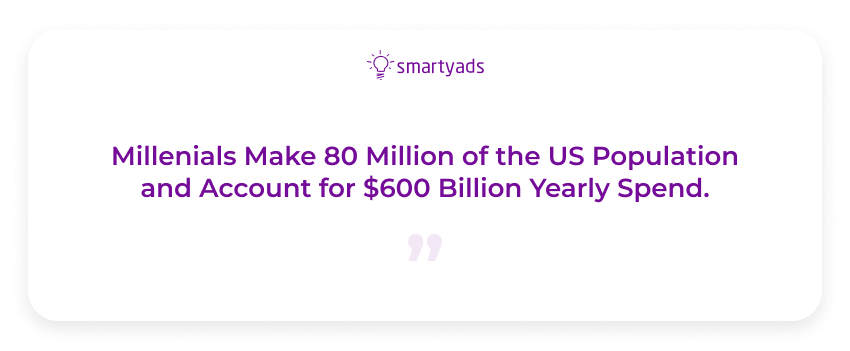
Who are the millennials?
To come up with a millennial advertising definition, one should first clearly distinguish who millennials are and what their place is among other demographic groups. When we talk about different generations, the Pew Research Center defined a classification according to which people born between:
- 1928-1945 are defined as the Silent Generation;
- 1946-1964 are called Boomers;
- 1965-1980 constitute Generation X;
- 1981-1996 are the Millennial Generation;
- 1997 or after are considered Generation Z, although you may still find alternative terms, such as iGeneration or Homelanders.
Therefore, millennial marketing solutions can be defined as types of digital or traditional advertising that target millennials — i.e., those who were born between 1981 and 1996.

Key characteristics of millennials
As for any audience segment, advertising to millennials should start with understanding them — their needs, preferences, and background. This knowledge should then serve as a basis for your further strategy. Here are some facts to consider:
- Millennials are the largest generation in US history, surpassing even Baby Boomers. Their childhood was largely shaped by technological development and major political events.
They are the first digital generation, and technology is shaping their shopping in many ways, from the consideration stage to the actual purchase. - Contrary to popular belief, 82% of Millennials still prefer brick-and-mortar stores over online shopping. At the same time, many customers from this age group use the Internet to find, compare, and review products prior to making a purchase.
- One of the things millennials are particularly concerned with is wellness. The definition of “healthy” provided by this group in most cases included eating right and exercising. This is also reflected in their shopping habits, as their spending on athletic apparel and footwear brands is consistently growing year over year.
These are just some of the trends reported by various researchers and marketers. However, it is important to consider these while building your strategy and launching campaigns, as their values and needs define their shopping habits.
How millennials spend time online
Millennials are an extremely tech- and digital-savvy generation. Research shows they rely heavily on mobile devices over other traditional media. 85% of millennials own smartphones, 78% — laptops, and around 50% possess tablets.
Moreover, they are highly engaged online, spending around 2.5 hours daily on social media. Platforms like Instagram, Facebook, and TikTok dominate their digital habits and are used for networking, entertainment, and shopping.
Here’s a brief comparison:
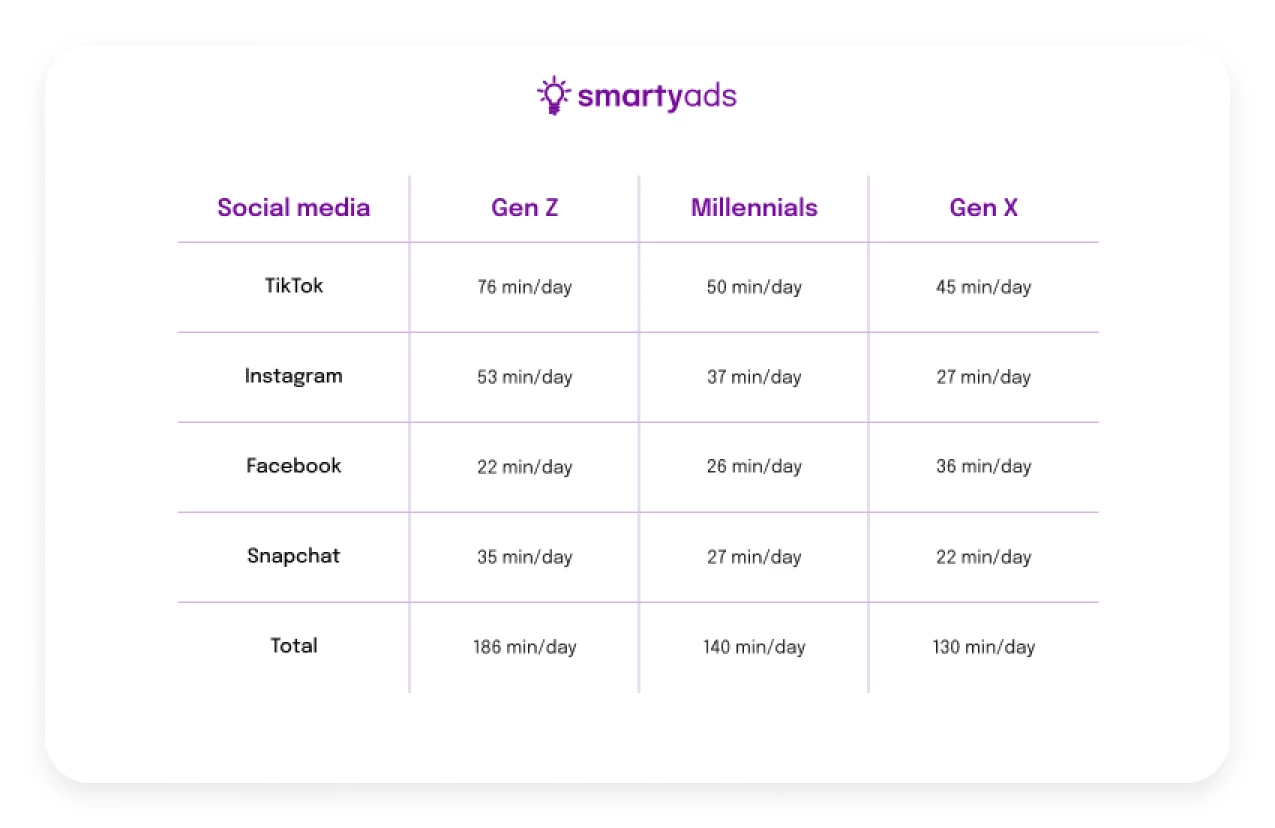
This lifestyle highlights opportunities for marketers to reach millennials through targeted campaigns on mobile and social platforms.
Why do millennials matter to marketers?
Significant purchasing power
A study by Accenture estimates that millennial annual spending in the US will reach $1.4 trillion, which accounts for 30% of all retail sales. Moreover, by 2025, Millennials will constitute 75% of the total US workforce. Finally, the sixth group of Millennials have around $ 100,000 in their savings, so their buying power makes millennial advertising campaigns one of the most essential parts of many brands’ business models.
Millennials' social media habits
Millennial generation advertising is also unique in terms of social networks and interaction with brands. Studies show that a third of Millennials engage with brands at least monthly and are twice as often following them on social media compared to Boomers. They also tend to share their experiences with different companies in their social media feeds and can even leave a review of the used product or service.
Digital-savvy generation
Millennials made technology a huge part of their lives. They seamlessly integrate smartphones, laptops, and tablets into their daily routines. It enables constant connectivity, making them accessible across different platforms. They have an exceptional ability to switch between devices for work, shopping, and entertainment, which creates endless opportunities for marketers to deliver digital ad campaigns effectively.
Multi-device users
As digital natives, millennials have grown up along with evolving technology, making them highly adaptable to new platforms and tools. As we’ve mentioned before, they own a variety of devices, making them a key demographic for innovative, tech-driven marketing strategies. It’s a great opportunity to include millennials in your cross-channel campaign and yield great results.

What type of marketing do millennials prefer?
Creating the best millennial ads should be a no-sweat once you’ve done research on your specific audience’s values and lifestyle. There are, however, some general ad-serving principles that can be applied to any segment of this demographic group. Let’s review some of these:
Applying the well-researched approach
Millennials love to research. Quite often, they can take their time to do considerable research on the Internet about, for instance, a pair of shoes. Their purchase decision is then based on these results, so marketing to millennials requires some research from you, too. Make sure you know their social channels, as well as search platforms, before launching millennial advertising campaigns.
Then, study the best ways to advertise on these platforms. For instance, Facebook Display Online Ads should work best for those spending lots of their time on this social network, while Google Ads would be better for audiences who like to research on Google. Finally, use a demand-side platform to advertise on popular websites, and don’t forget about targeting solutions for better viewability.
Emphasizing social responsibility
Surveys show that 63% of Millennials value employers that make a contribution to important social and ethical causes. Moreover, 89% claimed they would rather buy from companies that are taking part in solving social issues. Therefore, if, as an advertiser, you can somehow contribute to the solution of certain problems or at least help someone — be sure to gain the loyalty of your millennial audience this way.
Building connections and educating
At the dawn of the digital advertising evolution, marketing was mostly about catching the users’ attention with vivid colors and catchy headlines. Now, while creating ads for millennials, the best thing you can do is to make a connection. The aforementioned study by Accenture confirms that loyalty is not lost, and 95% actually prefer to be connected with the brand, provided they are treated like a valued customer.
Apart from having frequent communication with your audience, this also often includes adding value and educating them with unique content. This way, the brand can both express its values and address the needs of its customers. Some of the most popular tips for this strategy include:
- collect and share testimonials, reviews, and comparison pages;
- create videos showcasing your product;
- describe or film use cases;
- write educational blog posts and guides;
- offer a demo;
- share the process of creation and production;
- interview people who are working on the creation, etc.
Leveraging user-generated content
Word-of-mouth is still one of the most effective ways you can use to promote products, and it is especially effective for millennial advertising campaigns. Only 19% of Millennials believe that “most people can be trusted,” which is almost twice as much as reported by the same group of respondents from earlier generations.
This fact is important to consider while advertising to millennials, as this demographic group is more likely to trust the recommendations from their friends and family than ads and promotions. Ask your current customers to create and share brand-related content, such as photos and videos. Not only will this increase your visibility, but it is also a great tool to get new customers and achieve their loyalty from day one.
Providing experiences
With less to spend, Millennials seem to treasure experiences over money. In fact, 64% would rather choose a job they love with a $40,000/year salary than a boring job with $100,000/year. A good example would be coffee shops in shopping malls — they transform shopping from a simple buying process into a social ritual.
One can think of many types of experiences brands may provide, with packaging and unboxing as the most simple examples among them. One can also think outside the box and come up with an interesting experience that would somehow present your brand to newcomers or showcase your new product with an opportunity to try it on or get a demo.
These tips should work for any business strategy with a focus on advertising to millennials. Combined with the specific interests and values of your niche audience, these simple steps can serve as a solid ground for better client’ acquisition among the millennials.
Examples of best ads for millennials
Now that we know how to advertise to millennials in theory, let us turn our attention to its practical application and explore some examples of the best ads for millennials. Here are the millennial marketing examples we’ve found most exciting:
Casper
Napping experience to promote mattresses. Mattress brand Casper got on this list for creating unique experiences outside of their business model and general mattress production. The idea behind these experiences was to build sleeping pods all around the country to offer naps. This way, tired city residents could get some rest and test Casper’s mattresses along the way.
Such a successful brand awareness campaign can be built for any business if one takes a creative approach to their goals and products. Think of unusual usage of your products and the way you can showcase them in different contexts — perhaps you can then build a similar experience for your potential customers inspired by these findings.
Uber
Millennial-oriented marketing for car sharing. Another example of successful advertising to millennials can be found in Uber’s strategy. First of all, their services include car-sharing, which is one of the main pillars of the sharing economy — a trend largely supported by millennials. Besides, their app is convenient and easy to use, which is a very important part of the experience with the companies’ services.
But this is only a part of the company’s success. When it comes to the market to millennials, Uber’s campaigns include some great millennial-oriented practices, such as launching hashtags and contests. By offering unique and convenient services aligned with their customers’ values, Uber won millennials’ hearts. Launching audience-oriented and trendy ad campaigns is always an essential practice that nourishes and sustains your brand’s connection with its clients.
Coca-Cola
The next example from Coca-Cola shows us personalization to such an extent that it literally calls customers by their names. For the “Share a Coke” campaign, Coca-Cola put 250 popular names on the bottles so that most teens and Millennials could choose one with their name. Such a strategy increased the drinks’ sales by 2%, as reported by The Wall Street Journal.
Apart from bottle personalization, this campaign successfully utilized user-generated content — they built a website with facts about these names that the users could then share with friends. The website also allowed users to order customized bottles and check the event dates of the campaign’s tour. Together, these strategies created a seamless, personalized experience that united online and offline brand image representations. Try incorporating omnichannel marketing campaigns into your strategy, and millennials will be among the first to appreciate your efforts.
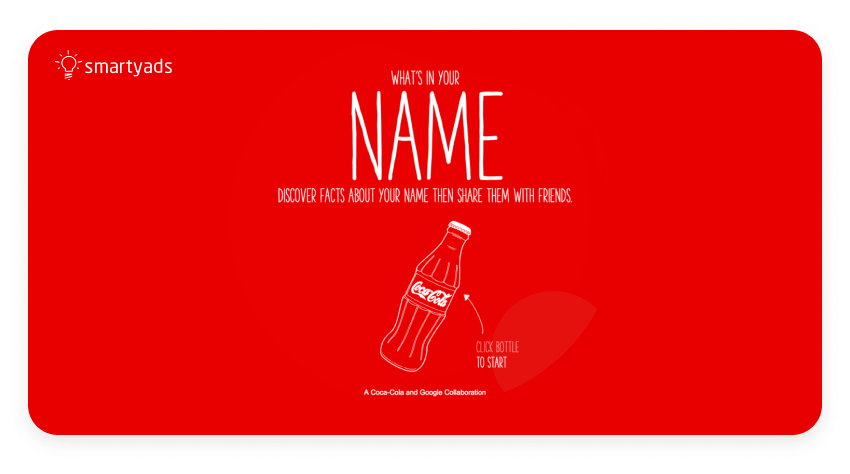
Gillette
A loud campaign, “Kiss & Tell'' by Gillette, was launched in the United States and included a survey, website, and YouTube documentary. The brand called women from all around the country to share their opinions and then concluded that over 30% of them at least once considered facial hair a good reason to avoid a kiss.
The campaign was then finished with a YouTube documentary that gained 2 million views, and it is still available on the company’s Facebook page. In the end, it was concluded that women liked to kiss shaven men more. Then, the company decided to launch the next campaign called “Sensitive Skin Portfolio”. Gillette's example shows how one campaign can perform as a part of a greater millennial marketing strategy, but more importantly, how to advertise to millennials by engaging them to participate and take action.
Netflix
Millennials consume a lot of content on this video streaming platform. To engage with this specific audience, Netflix came up with a way to draw the attention of millennials. As they like to spend time on social media, the brand decided to engage with them through their favorite social platforms. Netflix included Facebook, Twitter, and others in their marketing strategy.
As millennials like to share content with their friends and family, Netflix provided them with an opportunity to connect their Netflix profile with their Facebook account to make it as easy as possible. This way, millennials get what they want, and the company attracts new customers who have yet to subscribe to the streaming service.
Chipotle
Chipotle also has millennials as one of its primary target audiences. They created a unique and interactive experience for millennials that they can share with others. Their campaign called “Farmed and Dangerous” featured a millennial-aged farmer as the main character of their fictional web show.
The company created a dedicated website. It even includes music, behind-the-scenes clips, the show trivia, and even an iPhone game. The brand created a meaningful experience for millennials to participate in and share their experiences through social media.
These examples could be used as an inspiration for your future campaigns, as you can experiment and incorporate similar elements in your business niche specifics. A thoughtful and creative approach is often required when creating ads for millennials, as this group can specifically appreciate a brand's efforts in building a solid connection.
One of the most basic concepts of programmatic advertising is segmenting your audience and then targeting millennials and retargeting them with customized messages. Each segment needs a unique approach, and one of the most alluring opportunities for marketers lies in advertising to millennials.
These days, millennial advertising has become an essential part of many brands’ marketing strategies as their buying power continues to grow. Besides, they make up the largest generation in US history, so ignoring this demographic group would mean ignoring the largest Internet advertising segment of potential customers so far.
Conclusions
In order to create the best millennial ads, media buyers have to understand the needs and values of this demographic segment. It is important to note that most millennials prefer experiences over material goods, so providing a unique experience would definitely get you some points.
Educate and entertain your customers with useful content, personalize it by applying demographic targeting on a cross-channel DSP buying platform, and then your products or services will appeal directly to their needs.
Personalize experiences for your millennial audiences on SmartyAds DSP!
FAQ
They crave authenticity and transparency. Oversold, scripted ads won’t cut it—they want genuine stories, clear messaging, and brands that align with their values. Keep this in mind while developing millenial campaigns.
Think mobile-first platforms—Instagram, YouTube, TikTok, and Snapchat—especially where storytelling and short-form videos thrive. Optimizing ads for these formats is key to capturing attention.
Prompts like hashtags, contests, or user challenges boost participation. Combine this with real-time social interaction—responses, reposts, shared stories—and engagement rises dramatically.
Programmatic platforms like SmartyAds DSP let you target millennials using data signals—interests, mobile behavior, and engagement patterns. With dynamic creative and frequency control, you can build trust and reinforce messaging across their digital journey.

